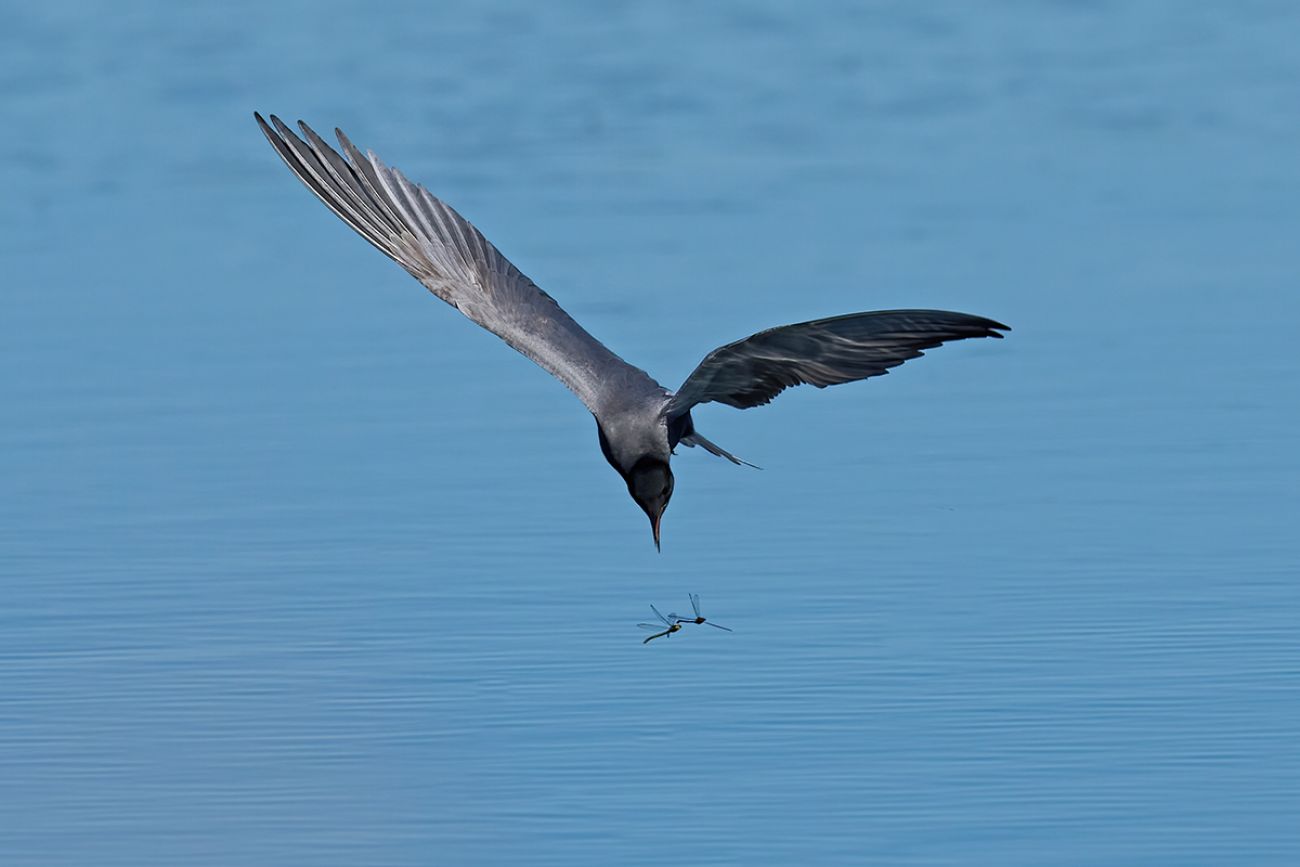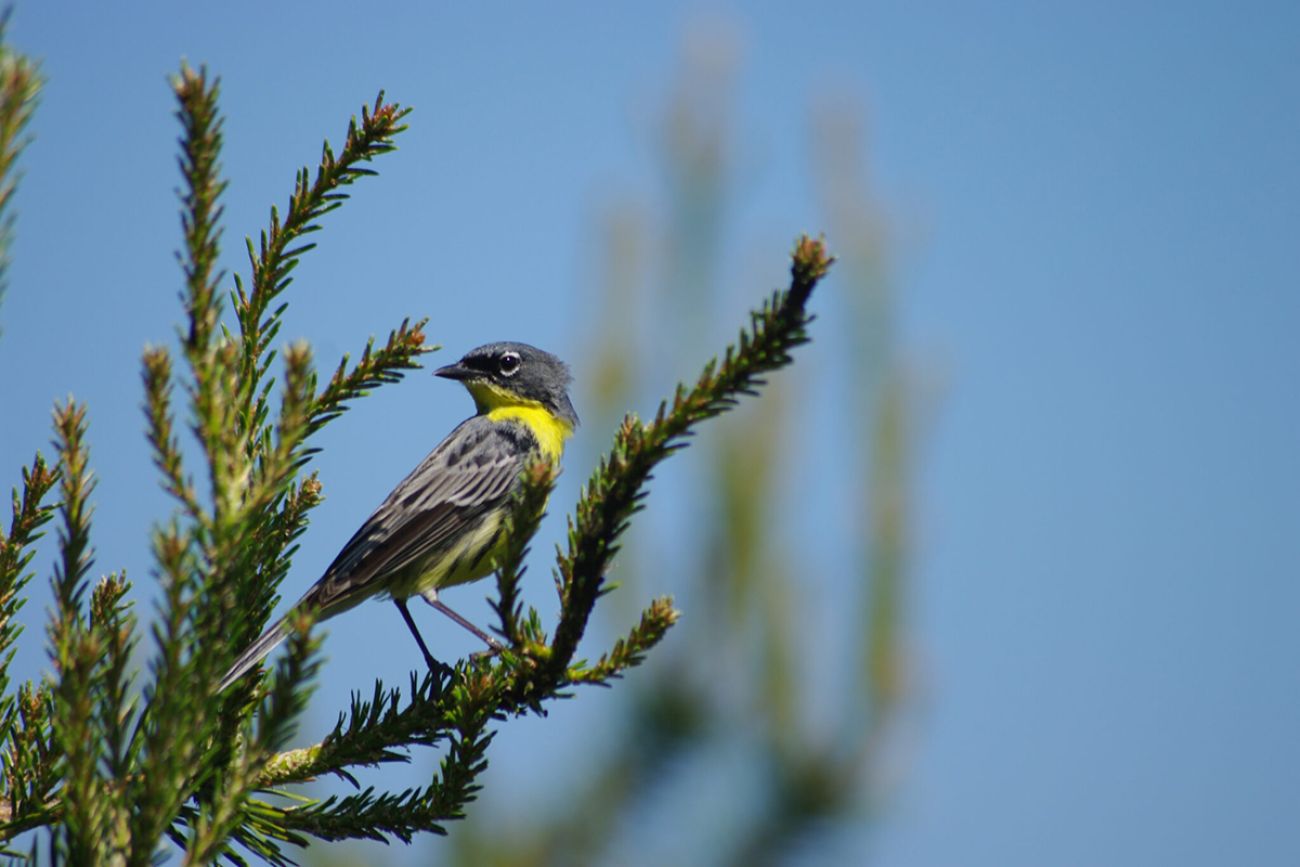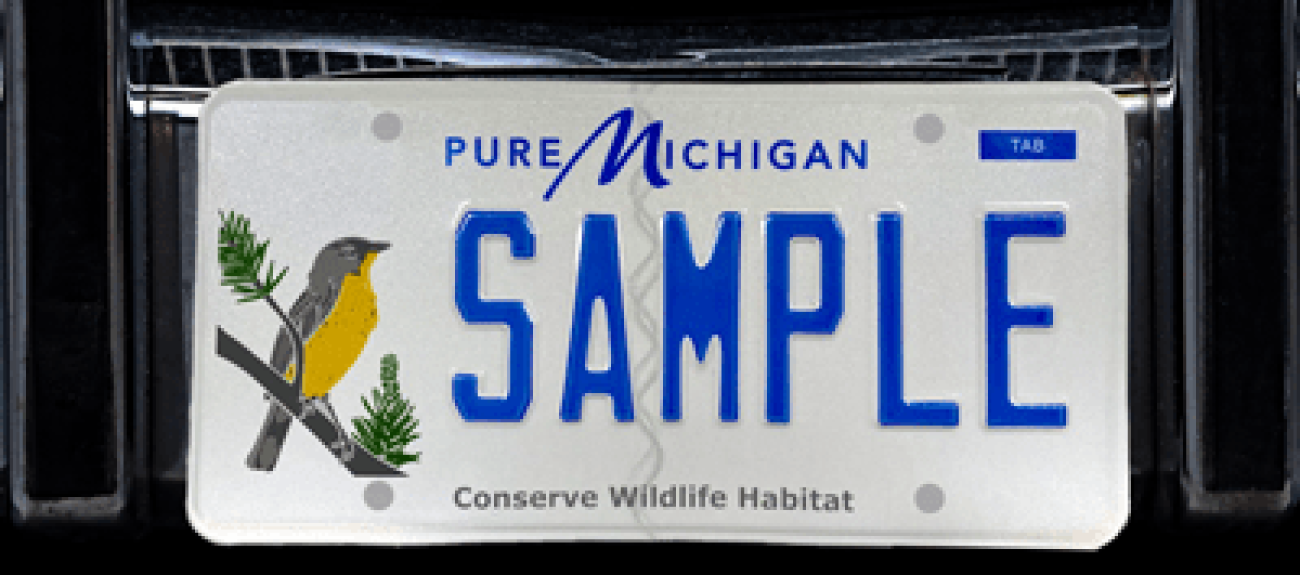Michigan updates list of at-risk birds, adds black tern, six others

LANSING – Michigan officials recently took six birds off of the states’ endangered and threatened species list. But it added seven other species.
The last time the list was updated was in 2009. Among the species that newly receive threatened status are the Eastern whip-poor-will, evening grosbeak, golden-winged warbler, Northern goshawk, spruce grouse and upland sandpiper.
Also added is the black tern that annually loses around 7.6% of its population, said Erin Ford, conservation manager at Audubon Great Lakes in Michigan. The group protects and improves bird habitat and advocates for the natural environment.
Related:
- Farmers thankful for cool temperatures after high mid-April temperatures
- Northern lights visible in Michigan: where to see aurora borealis forecast
- Change Michigan’s Nov. 15 deer season opener? No way, DNR says
Ford bands black terns with ID numbers to recapture and track them. In 2018, Ford was banding chicks at the Wigwam Bay State Wildlife Area when a female black tern landed on her assistant.
“The bird kept diving, bombing us and tapping our heads,” Ford said. “And as soon as we were done with the chicks, we put them back and she was happy and content.”
Raccoons ate the eggs out of many nests in the area. The attacking bird’s nest was the only one that survived.
“She was so vigilant and protective,” Ford said. “She’s one of my favorites.”
The bird was captured again at the age of four in 2019. The oldest black tern was captured in Wisconsin – it was 10 years and three months old.
Black terns throughout Michigan abandon colonies, even when the habitat looks ideal, Ford said.
The smallest colonies are the higher risk of extinction. Bigger colonies with hundreds of birds have a better chance of surviving, she said. Large colonies are at St.Clair Flats, Wigwam Bay and Munuscong state wildlife areas.
One of the reasons for the decline of the population could be fluctuating water levels, Ford said.
“We had almost no chicks in 2020 because the water was so high,” she said.
Black terns nest on floating mats of crushed dead cattails.
“When water levels fluctuate and we have big storm events, it can really impact the stability of those mats and it can cause nests to fail,” Ford said.
“Or those mats can disappear completely during deeper water level years, so they have no place to nest. So that’s one way that climate change is impacting the species.”
There are several ways people can help black terns. When boating and kayaking, slow down next to the nesting sites to avoid destroying them. And report invasive species, such as narrowleaf cattails, to the Midwest Invasive Species Informational Network operated by Michigan State University. Planting native species can also help.
Black terns eat insects and small fish and their chicks and eggs are food for water snakes, turtles and bigger fish, Ford said.
When a species is near extinction, its status is endangered. Listing it as threatened means that the species is likely to become endangered soon. Long-eared owl was uplisted to endangered this year
To support endangered birds, you can register for volunteer stewardship with the Michigan Department of Natural Resources.
The lark sparrow was taken off of the list because it no longer breeds in Michigan. It mainly lives across the Great Plains and Michigan is “outside the core breeding range,” said Jennifer Kleitch, an endangered species specialist at the Michigan Department of Natural Resources.
If the species migrated through Michigan, it would still be protected by the Migratory Bird Treaty Act, she said.
Michigan habitat is seeing the greatest loss of birds because of development, population, increased pesticide use and climate change, Ford said. North America has lost 3 billion birds since 1970.
But there is hope.
Conservation efforts restore the population, said Kleitch. The yellow-throated warbler was delisted because it recovered and no longer needs protection.
Other birds that started to recover and are downlisted with a status of special concern are merlin, prairie warbler, red-shouldered hawk and trumpeter swan. This status puts those birds in the Wildlife Action Plan that “is leveraged to bring in money from grant opportunities to better manage” those species, said Kleitch.
There were 15 species that didn’t change status. Now it is 25 birds in total compared to 24 species in 2009.
To help update the list in 10 years, people can participate in bird surveys using the eBird app created by Cornell University or register for volunteer training at the Audubon Society.
Among the Michigan good news is that the peregrine falcon and Kirtland’s warbler were downlisted from endangered to threatened.

Kirtland’s warbler is a globally rare songbird that depends on young jack pines for breeding and nesting.
“The lion’s share of breeding habitat is found only in Michigan,” Kleitch said.
You can support Kirtland warbler conservation by buying a license plate with its image. The money goes to the Michigan Nongame Fish and Wildlife Trust Fund.

Or you can improve bird habitat in your own yard.:
- The Partners for Fish and Wildlife Program led by the U.S. Fish and Wildlife Service helps landowners do that for free.
- The Wildlife Habitat Grant Program by the Department of Natural Resources distributes awards for enhancing habitats for game species.
- The Michigan Conservation Reserve Enhancement Program by the U.S. Department of Agriculture and the State of Michigan pays landowners for planting native grass and restoring wetlands.
“Collectively we can help recover rare species and conserve Michigan’s natural heritage for generations,” Kleitch said.
This story was originally published by Capital News Service.
Michigan Environment Watch
Michigan Environment Watch examines how public policy, industry, and other factors interact with the state’s trove of natural resources.
- See full coverage
- Subscribe
- Share tips and questions with Bridge environment reporter Kelly House
Michigan Environment Watch is made possible by generous financial support from:
Our generous Environment Watch underwriters encourage Bridge Michigan readers to also support civic journalism by becoming Bridge members. Please consider joining today.
See what new members are saying about why they donated to Bridge Michigan:
- “In order for this information to be accurate and unbiased it must be underwritten by its readers, not by special interests.” - Larry S.
- “Not many other media sources report on the topics Bridge does.” - Susan B.
- “Your journalism is outstanding and rare these days.” - Mark S.
If you want to ensure the future of nonpartisan, nonprofit Michigan journalism, please become a member today. You, too, will be asked why you donated and maybe we'll feature your quote next time!






